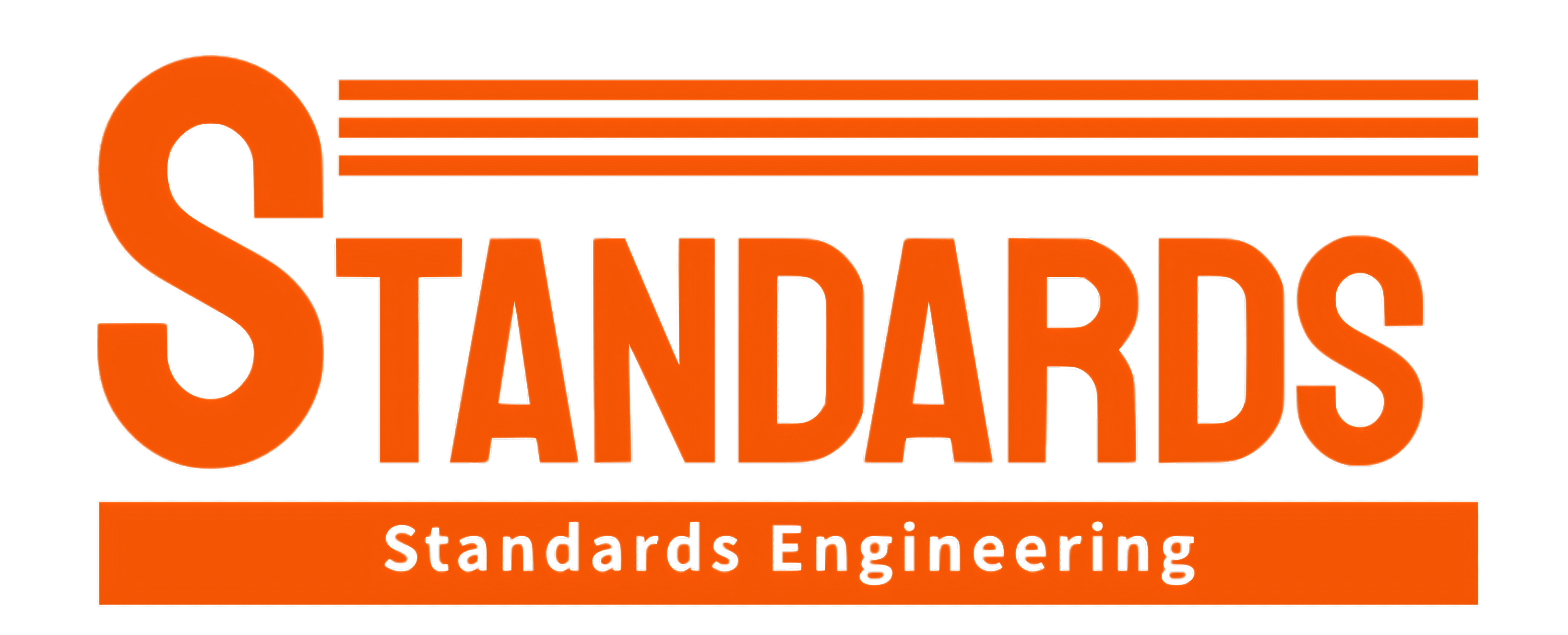SAE AIR1989B PDF
Availability:
In Stock
IN TAX $54.45
Helicopter External Noise Estimation (Stabilized: Aug 2012)
standard by SAE International, 08/16/2012
SAE AIR1989B – Helicopter External Noise Estimation (Stabilized: Aug 2012)
This document has been declared “Stabilized” and will no longer be subjected to periodic reviews for currency. Users are responsible for verifying references and continued suitability or technical requirements. New technology may exist.
This method estimates noise for both single and tandem main rotor helicopters except for approach where it applies to single rotor designs only. It does not apply to coaxial rotor designs. Due to lack of available data, application of the method has not been evaluated for application to tiltrotor, or other VTOL configurations, when operating in the helicopter mode. Since there are substantial differences between helicopter rotors included in the database, and tiltrotor rotors, application to VTOL configurations other than helicopters is not advised. Application is limited to helicopters powered by turboshaft engines and does not apply to helicopters powered by reciprocating engine, tip jets or other types of power plants. It provides noise information using basic operating and geometric information available in the open literature. To keep the method simple, it generates A-weighted sound levels, and sound exposure levels precluding the necessity for spectral details. The method prescribes estimates for typical helicopter operations; certain maneuvers may produce noise levels different from those estimated. Estimates are given for the maximum sound levels at 1.2 m (4 ft) height above the ground. For aircraft in forward flight, the estimate is given for an aircraft at an altitude of 152 m (500 ft) on a path directly over the observer. For an aircraft in hover the estimate is given for an aircraft hovering 3.3 m (10 ft) above ground level at a distance of 152 m (500 ft) to the side of the observer. No estimate is provided for sound exposure level in hover since the time duration is indeterminate.
This document provides a simple empirical means of estimating helicopter noise for environmental assessment in community planning. This method is intended for use only where noise data for the actual helicopter model(s) to be used are unavailable or where the makeup of the planned helicopter population is not know aside from size and general characteristics. This method should be restricted to helicopters whose design characteristics lie within the range of helicopter which comprised the data base as defined in Section 6.








Reviews (0)